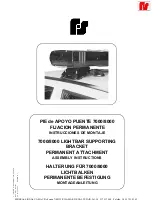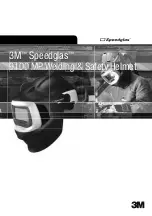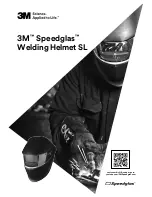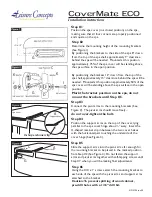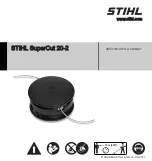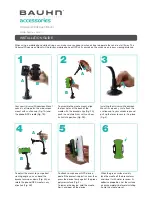
SEALED ENERGY SYSTEMS
®
6
User Manual
Taiwan:
Expended battery packs are not considered hazardous
waste. Cells and batteries should be recycled at an
appropriate collection site in accordance with
government regulations.
Japan:
Recycling of expended lithium-ion battery packs is
regulated by the Wastes Disposal and Public Cleaning
Law and the Law for Promotion of Effective Utilization.
Brazil:
Expended battery packs should be recycled in
accordance to the Natation Solid Waste Policy (PNRS)
or CONAMA in compliance with the directives and
regulations of the National System of Environmental
(SISNAMA).
Malaysia:
Lithium-ion cells and batteries are considered
scheduled wastes and must be sent to a proper
collection treatment, recycling and Disposal Centre;
Scheduled Waste Code SW103.
Classification of Waste to comply with Transport Regulations:
Expended Lithium-Ion Battery packs are not considered hazardous
waste. Lithium-ion battery packs that have been involved in a fire
maybe considered hazardous waste and should be marked and
classified as such.
Classification of Waste Packaging Material: Under normal use
packaging is not consider hazardous and should be disposed of in
accordance with local recycling regulations. Packaging that has
been exposed to a damaged leaking cell should be considered
hazardous waste and disposed of in accordance to local rules and
regulations.
3 REQUIREMENTS
3.1
General Requirements
3.1.1. Nominal Voltage
The battery nominal operating voltage is 10.8V
3.1.2. Rated Capacity
The initial capacity is 11400mAh (based on a CV charge of
12.6V±50mV with a current limit of 6000mA and 6000mA
discharge to 8.55V @ 25C, within 1 hour of charge).
3.1.3. Initial Impedance
The internal impedance of a fully charged battery shall be
≤165
m
Ω
when measured across the positive and negative
battery terminals at 1kHz at 20°C.






















